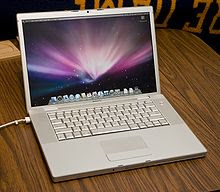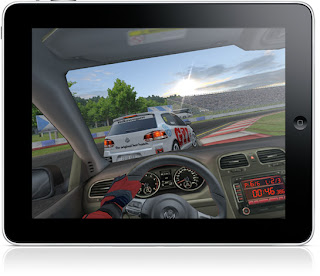
The Macintosh or Mac,
is a series of several lines of personal computers designed, developed, and marketed by Apple Inc. The first Macintosh was introduced on January 24, 1984; it was the first commercially successful personal computer to feature a mouse and a graphical user interface rather than a command-line interface.[2] The company continued to have success through the second half of the 1980s, only to see it dissipate in the 1990s as the personal computer market shifted towards IBM PC compatible machines running MS-DOS and Microsoft Windows.
The Macintosh project started in the late 1970s with Jef Raskin
The Macintosh 128k was announced to the press in October 1983, followed by an 18-page brochure included with various magazines in December
In 1985, the combination of the Mac, Apple’s LaserWriter printer, and Mac-specific software like Boston Software’s MacPublisher and Aldus PageMaker enabled users to design, preview, and print page layouts complete with text and graphics—an activity to become known as desktop publishing
Microsoft Windows 3.0,which began to approach the Macintosh operating system in both performance and feature set, was released in May 1990 and was a usable, less expensive alternative to the Macintosh platform. Apple's response was to introduce a range of relatively inexpensive Macs in October 1990.
Apple replaced the Macintosh Portable in 1991 with the first of the PowerBook line: the PowerBook 100, a miniaturized Portable; the 16 MHz 68030 PowerBook 140; and the 25 MHz 68030 PowerBook 170
On January 11, 2005, Apple announced the release of the Mac Mini priced at US$499,the least expensive Mac to date
Apple discontinued the use of PowerPC microprocessors in 2006
In recent years, Apple has seen a significant boost in sales of Macs. Many claim that this is due, in part, to the success of the iPod, a halo effect whereby satisfied iPod owners purchase more Apple equipment. The inclusion of the Intel chips is also a factor. From 2001 to 2008, Mac sales increased continuously on an annual basis.
Reference:Apple offical website 2010,Apple offical website ,ACT,viewed 1 August 2010,






























































